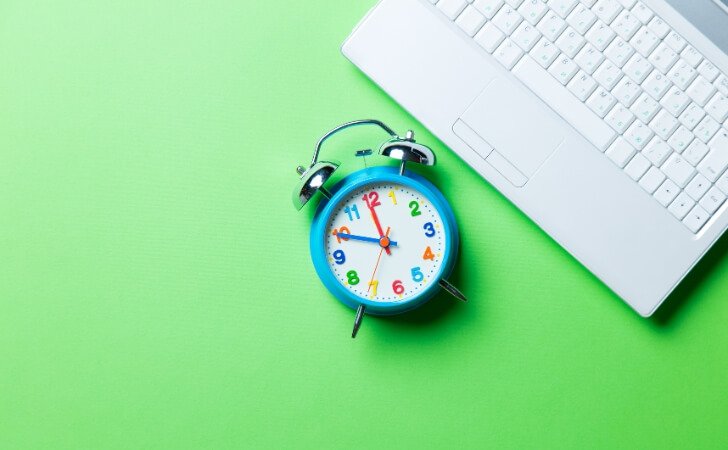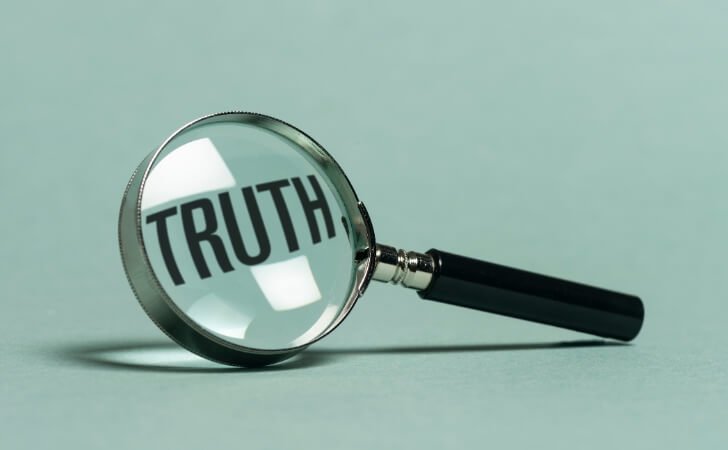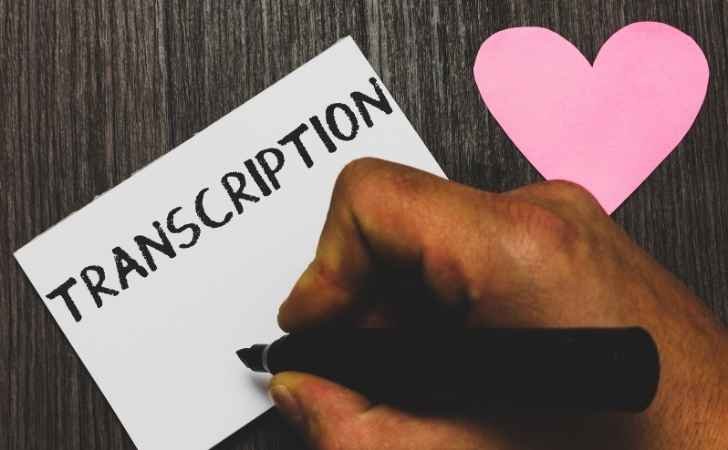AFFILIATE DISCLOSURE
This post may contain affiliate links. An affiliate means Escribr may earn referral fees if you make a purchase through our link without any extra cost to you. It helps to keep this blog afloat. Thanks for your support!
Did you know that by visiting this blog, you are doing good in the world? READ THIS.
Did you know over 48 million Americans have some hearing loss?
Many might be at risk from a common activity: audio typing.
As we use more digital tools, voice-to-text tech is becoming key.
But listening to loud sounds for a long time can harm your hearing.
In this article, we’ll look at how audio typing might affect your hearing.
We’ll dive into the science of hearing loss and what increases the risk.
We’ll also share ways to keep your ears safe while typing audio.
By the end, you’ll know if audio typing can cause hearing loss and how to do it safely.

Key Takeaways
- Audio typing can potentially lead to hearing loss if not practiced safely
- Understand the science behind hearing loss and the factors that increase the risk of damage
- Learn effective strategies to mitigate the risks and practice audio typing responsibly
- Familiarize yourself with the optimal volume levels and break patterns for safe audio typing
- Adopt responsible audio typing practices to protect your long-term hearing health
Understanding Audio Typing and Its Potential Risks
Audio typing, also known as voice transcription or speech-to-text typing, lets you use audio to create text on a computer or device.
This audio typing tech is faster than typing by hand. But it raises concerns about hearing health and safety.
What is Audio Typing?
Audio typing turns spoken words into written text. You use a microphone to record your voice.
Then special software turns it into text.
It’s great for those who like to speak their thoughts or have trouble typing.
How Does Audio Typing Work?
The audio input for typing is key in audio typing.
Your voice is picked up by a microphone. Then software turns it into digital text.
The quality of your voice and the software’s accuracy matter. Your speaking style and accent also play a role.
While audio typing is handy, it can harm your hearing.
We’ll look into this more in the next section.

The Science Behind Hearing Loss
To grasp the risks of audio typing, knowing how hearing works is key.
The inner ear, or cochlea, has hair cells that turn sound waves into signals for the brain. Loud or long sounds can harm these cells, causing hearing loss.
The process of hearing is complex and interesting.
Sound waves go into the outer ear and through the ear canal.
They hit the eardrum, causing it to vibrate.
These vibrations then move through the middle ear bones to the inner ear.
In the inner ear, sound waves reach the cochlea.
This area is filled with fluid and tiny hair cells.
These cells change the sound waves into electrical signals sent to the brain.
The brain then understands these signals, letting us hear sounds.
But loud or long sounds can damage these hair cells.
This damage can cause hearing loss, especially sensorineural hearing loss.
This type of loss happens when the hair cells or the auditory nerve are damaged and is often permanent.
Several factors can lead to hearing damage and loss. These include:
- Exposure to loud noises, such as those encountered during audio typing
- Prolonged exposure to high-volume sounds
- Age-related changes in the inner ear
- Certain medical conditions, such as infections or trauma to the ear
- Genetic predisposition
Knowing how hearing works and the causes of hearing loss is vital.
It helps us understand the risks of audio typing. It also guides us on how to protect our hearing.

| Cause | Description |
|---|---|
| Loud Noises | Exposure to sounds above 85 decibels (dB) can damage the delicate hair cells in the inner ear, leading to hearing loss. |
| Prolonged Exposure | Continuous exposure to high-volume sounds, even at lower levels, can also result in gradual hearing damage over time. |
| Age-related Changes | As we grow older, the hair cells in the inner ear naturally deteriorate, contributing to age-related hearing loss, also known as presbycusis. |
| Medical Conditions | Certain medical conditions, such as ear infections, head injuries, and genetic disorders, can also lead to hearing loss. |
Understanding hearing and its damage causes helps us make better choices about audio typing.
It encourages us to protect our hearing health.
Can Audio Typing Cause Hearing Loss?
Audio typing is getting more popular, and people wonder if it can cause hearing loss.
The answer is yes. Listening to audio at high volumes can harm your ears over time.
The link between audio typing and hearing damage is clear.
If you do a lot of audio typing without breaks or controlling the volume, your hearing can suffer.
This is especially true if you make it a big part of your job.
Audio typing can harm your hearing because of how it works.
You’re always listening to sounds through headphones or speakers.
This can damage your inner ear, especially if the volume is too high.
| Factors that Increase Hearing Damage Risk | Mitigating Strategies |
|---|---|
| Excessive volume levels Prolonged, uninterrupted audio typing sessions | Adjust volume settings to a comfortable, moderate level Take regular breaks to give your ears a chance to rest |
To protect your hearing, it’s important to know the risks of audio typing.
By being careful with volume and taking breaks, you can lower the risk of hearing loss.
This is key to keeping your hearing healthy.
“Responsible audio typing practices are essential to protect your long-term hearing health.”
Factors That Increase the Risk of Hearing Damage
Audio typing can pose risks to your hearing.
Two main factors are volume levels and how long you listen.
Knowing about these can help keep your hearing safe while using this technology.
Volume Levels
The volume you listen to is very important. Sounds over 85 decibels can harm your hearing permanently.
Normal talk is around 60-70 dB, and city streets can hit 85 dB.
Keeping the volume low is key to protecting your hearing while typing.
Prolonged Exposure
How long you type with audio on also matters.
Even at lower volumes, long sessions can damage your hearing over time.
It’s vital to take breaks and not type for too long.
By knowing these risks, you can protect your hearing.
This way, you can enjoy typing with audio without harming your hearing in the long run.
“Protecting your hearing is crucial when engaging in audio typing. Be mindful of the volume levels and duration of your sessions to ensure a safe and sustainable experience.”
Mitigating Strategies for Safe Audio Typing
If you love audio typing, there are ways to protect your hearing.
It’s all about finding a balance.
You want to enjoy typing to audio without harming your hearing.
Adjust Volume Settings
Keeping an eye on your audio typing volume is key.
Experts say to keep it under 85 decibels to prevent hearing damage.
Make sure to adjust the volume often to keep it safe and comfortable.
Take Breaks
Even low sounds can harm your hearing if you’re exposed for too long.
So it’s important to take breaks. Every 60 minutes, take a break from your device.
This helps your ears recover and prevents damage.
| Mitigating Strategy | Benefit |
|---|---|
| Adjust Volume Settings | Maintains safe audio levels below 85 dB |
| Take Breaks | Reduces prolonged exposure and allows hearing recovery |
Using these simple strategies, you can enjoy audio typing safely.
Remember to stay alert and protect your hearing.
Your ears will be grateful for years to come.
“Protecting your hearing is essential when engaging in audio typing. Take the time to adjust your volume and schedule regular breaks – your future self will appreciate the effort.”
Responsible Audio Typing Practices
It’s key to protect your hearing when you’re typing audio.
As a professional, knowing the risks of audio typing is important.
Taking steps to protect your auditory health is crucial.
Volume levels are a big deal.
Make sure your audio input is at a safe level.
High sounds can harm your hearing.
Use noise-cancelling headphones to keep the sound in and out.
Also, take regular breaks during typing.
Even moderate sounds can hurt your ears over time.
Take short breaks every 30-60 minutes to rest your ears.
Finally, get your hearing checked by a professional now and then.
Regular checks can spot hearing problems early.
This helps you take care of your auditory health for the long run.
“Protecting your hearing is not just a professional responsibility, but a personal commitment to your overall well-being.”
By following these responsible audio typing practices, you can type audio safely.
This way, your audio typing stays productive and safe for your auditory health.
Wrap-Up
Audio typing can be handy and quick, but it’s important to watch out for hearing risks.
Knowing how hearing loss works and what can raise your risk helps you protect your ears.
This way, you can enjoy typing without harming your hearing.
It’s clear what we need to do to keep our hearing safe while typing.
We should keep an eye on the volume, take breaks, and use strategies to protect our ears.
Remember, your hearing is very valuable, and it’s crucial to take care of it.
With the right steps and careful typing, you can use this technology safely.
Stay aware, be careful, and start a journey to stay productive and protect your hearing.
FAQ
What is audio typing?
Audio typing, also known as voice transcription or speech-to-text typing, is a way to type text from audio.
This can be from a recording or someone speaking live. It’s faster than typing by hand but might affect your hearing.
Can audio typing cause hearing loss?
Yes, audio typing can lead to hearing loss if you’re not careful. Listening to sounds too loudly can harm your ears over time.
What factors increase the risk of hearing damage from audio typing?
Two main things can increase hearing damage risks from audio typing:
1. Volume levels: Sounds over 85 decibels can cause permanent hearing loss.
2. Prolonged exposure: Even quieter sounds can harm your hearing if you listen for too long.
How can I mitigate the risks of hearing damage from audio typing?
To lower hearing damage risks from audio typing, try these:
1. Adjust volume settings: Keep sounds under 85 dB.
2. Take breaks: Rest your ears regularly to avoid long exposure.
What are the best practices for responsible audio typing?
For safe audio typing, follow these tips:
1. Be mindful of volume levels and keep them safe.
2. Take breaks to avoid long exposure.
3. Use noise-cancelling headphones or earbuds.
4. Get your hearing checked by a professional often.











